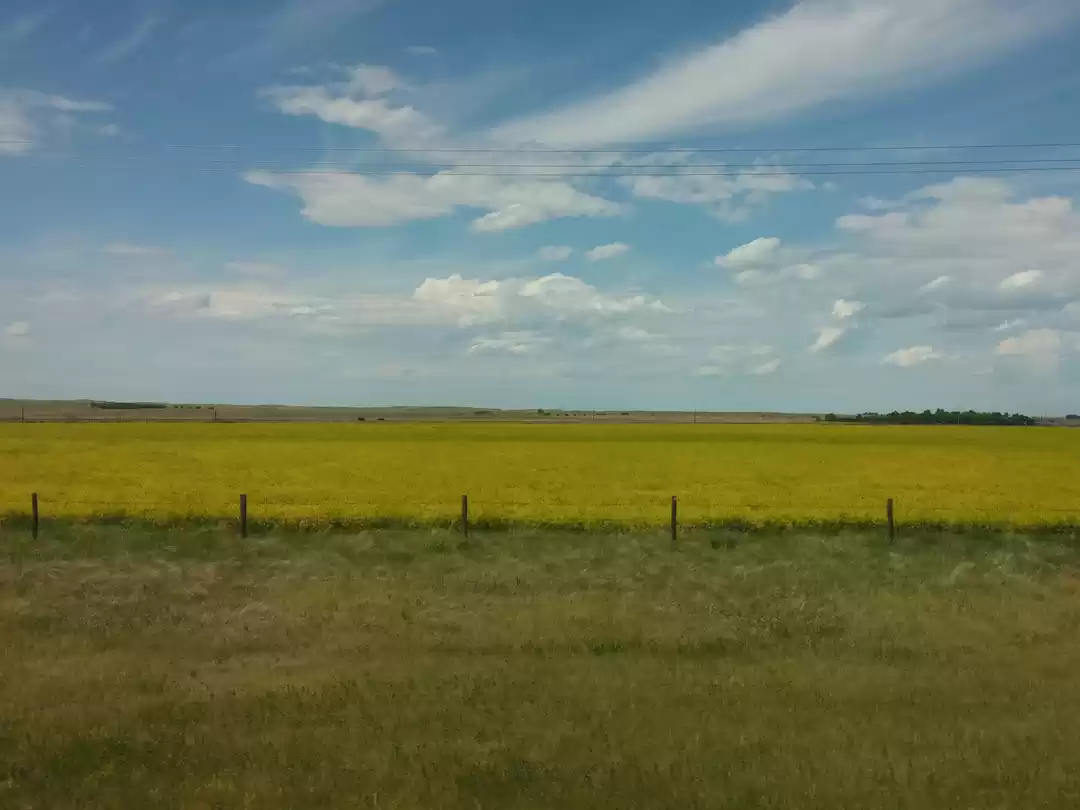Winnipeg Tourism and Travel Guide
Winnipeg (/ˈwɪnɪpɛɡ/) is the capital and largest city of the province of Manitoba, Canada. It is located near the longitudinal centre of North America, at the confluence of the Red and Assiniboine Rivers. The name 'Winnipeg' comes from the Western Cree words for Lake Winnipeg nearby, referring to muddy or brackish water, or possibly the natural color of the Red River that flowed into the southern basin of the lake. The region was a trading centre for aboriginal peoples long before the arrival of Europeans. French traders built the first fort on the site in 1738. A settlement was later founded by the Selkirk settlers of the Red River Colony in 1812, the nucleus of which was incorporated as the City of Winnipeg in 1873. As of 2011, Winnipeg is the seventh most populated municipality in Canada. Known as the 'Gateway to the West', Winnipeg is a railway and transportation hub with a diversified economy. This multicultural city hosts numerous annual festivals, including the Festival du Voyageur, the Winnipeg Folk Festival, the Jazz Winnipeg Festival, the Winnipeg Fringe Theatre Festival, and Folklorama. Winnipeg was the first Canadian host of the Pan American Games. It is home to several professional sports franchises, including the Winnipeg Blue Bombers (Canadian football), the Winnipeg Jets (ice hockey), Manitoba Moose (ice hockey) and the Winnipeg Goldeyes (baseball).
Trips and Itineraries for Winnipeg
trip
Canada: Easy Ways To Travel In A Large Country
Lake Louise in the RockiesNiagara FallsMontrealQuebec CityThe PrairiesVancouverThe mistake most t...
27.2k Views
wildlifenaturewildlifenature





